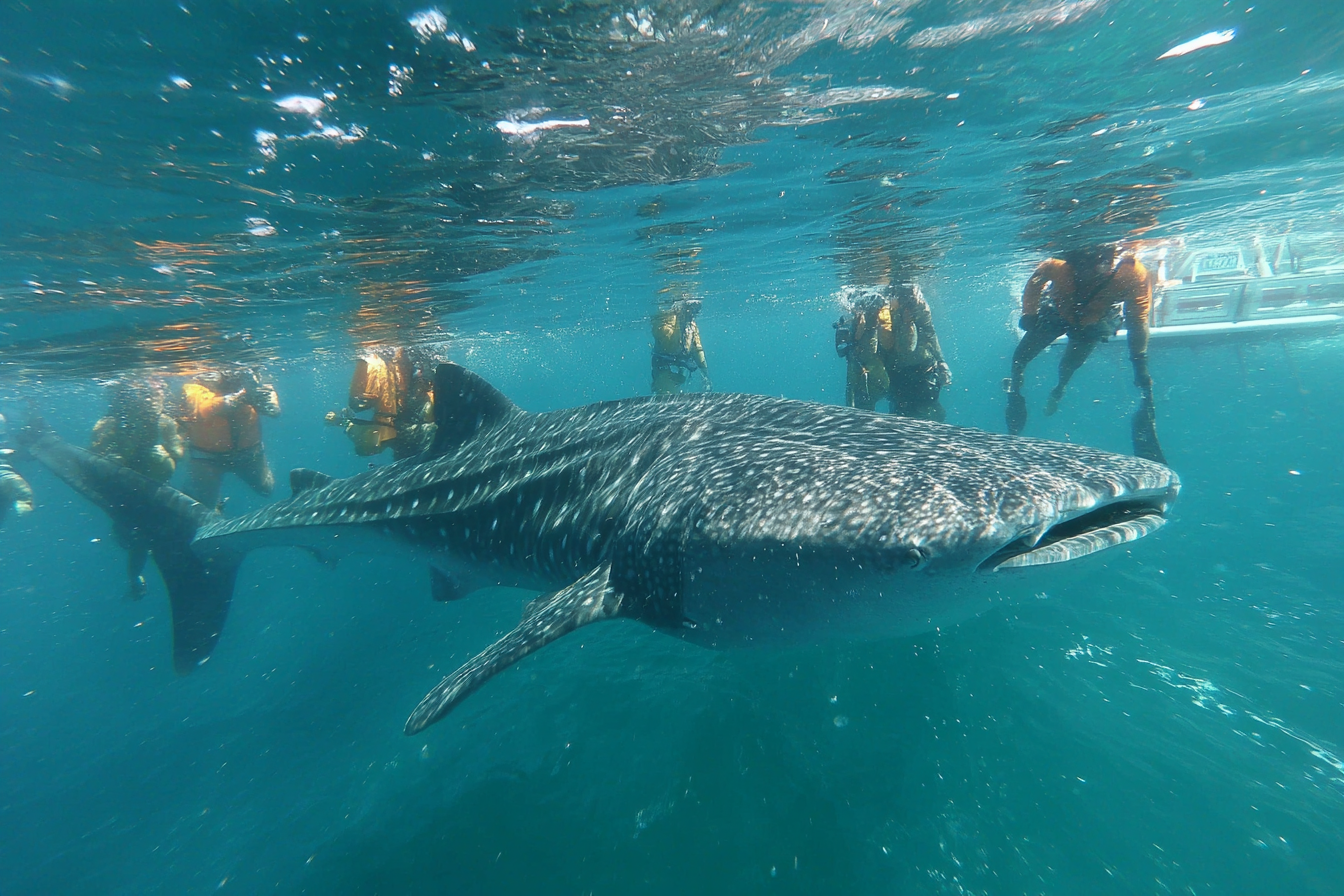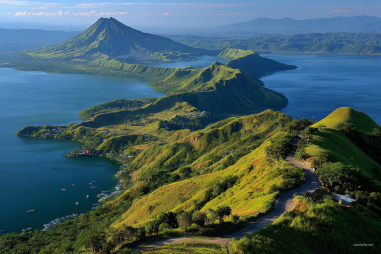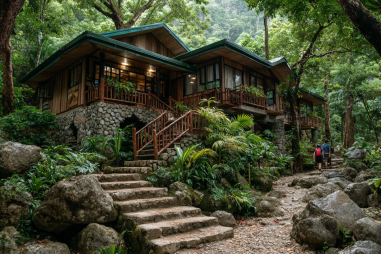Oslob, a small coastal town in the southern part of Cebu, Philippines, has garnered global attention as one of the best places to witness the majestic whale sharks up close. Known locally as “butanding,” these gentle giants attract thousands of tourists each year who come here for the once-in-a-lifetime experience of swimming alongside the world’s largest fish. While the encounter is undeniably thrilling, it’s essential to approach this wildlife adventure with respect and responsibility. This guide will help you enjoy your Oslob whale shark watching trip safely, ethically, and memorably.
The Allure of Whale Shark Watching in Oslob
Whale shark watching in Oslob has become one of the Philippines’ most popular eco-tourism attractions. Unlike other places where encounters with whale sharks are rare and fleeting, Oslob offers almost guaranteed sightings daily due to a local feeding program. Fishermen feed the whale sharks early each morning, attracting them close to the shore. Visitors can snorkel or dive into the clear waters and marvel at these massive, slow-moving creatures that can grow over 12 meters in length.
Despite their huge size, whale sharks are filter feeders and pose no threat to humans. Their gentle nature combined with the crystal-clear tropical waters makes for an unforgettable wildlife experience. Oslob’s easy accessibility from popular tourist hubs like Cebu City further adds to its charm, drawing enthusiasts from all corners of the world.
When Is the Best Time to Visit for Whale Shark Encounters?
The whale sharks in Oslob can be seen year-round, but the best months to visit are from November to June. These months coincide with the period when the ocean currents bring plankton and small fish to the area, which attract the whale sharks. Tourism peaks around December to February when the weather is generally dry and calm, providing ideal sea conditions for swimming and sightseeing.
Visiting early in the morning is crucial since the feeding happens soon after sunrise, and conditions are best for viewing during the cooler hours before the midday heat. Arriving early also means fewer tourists, making your experience more intimate and less stressful for the animals.
Guidelines and Safety Tips for Interacting With Whale Sharks
To ensure both your safety and the welfare of the whale sharks, following strict guidelines is essential:
- Maintain a safe distance: Stay at least 2 meters away from the whale sharks to avoid disturbing them.
- Do not touch: Refrain from touching, riding, or chasing the whale sharks. Physical contact can harm their protective mucus layer and cause stress.
- Use eco-friendly sunscreen: Choose biodegradable and reef-safe sunscreen products to prevent water pollution.
- Limit the number of swimmers: Follow the regulations on how many people may swim with a whale shark at any given time to avoid overcrowding and ensure a calm environment.
- Avoid flash photography: If you’re taking photos or videos underwater, avoid using flash as this can startle the animals.
- Listen to your guide: The tour guides are experienced and knowledgeable about safe practices—always follow their instructions closely.
These precautions not only protect you but also preserve the health and natural behavior of these magnificent creatures, ensuring that whale shark watching remains a sustainable experience for future visitors.
Booking Tours and What to Expect
Arranging a whale shark watching tour in Oslob is straightforward and can be done through local operators or your travel accommodation. Many operators offer packages that include snorkeling gear rentals, guide services, and sometimes additional activities.
Here’s what your typical tour experience might look like:
- Early pickup: Most tours start before sunrise since the whale sharks are most active in the early morning.
- Safety briefing: Before entering the water, you will receive instructions about behavior guidelines and safety protocols.
- Snorkeling or diving: You’ll get the chance to swim alongside the whale sharks, typically for about 30 minutes to an hour, depending on the package.
- Post-excursion cleanup: Some tours include a quick beach cleanup, promoting environmental stewardship among guests.
Prices vary depending on the inclusions but expect to pay a modest fee for the interaction, including park and guide fees. Booking in advance is advisable, especially during peak season, to secure your spot.
Environmental and Ethical Considerations
While Oslob’s whale shark watching is undeniably popular, it has sparked debate among conservationists regarding the feeding program’s impact on natural behavior. Feeding the whale sharks alters their migratory patterns and diet, which has raised sustainability concerns.
Supporting operators that strictly adhere to responsible tourism principles is vital. This includes limiting the number of interactions per day, avoiding feeding outside regulated areas, and promoting education and awareness among tourists. By choosing ethical tours, you can contribute positively to conservation efforts and help protect whale sharks and their marine environment.
Additionally, consider offsetting your carbon footprint by participating in local conservation projects or donating to marine wildlife organizations. Responsible tourism practices ensure that future generations can also enjoy the spectacle of swimming with whale sharks.
Explore More: Nearby Activities to Combine With Whale Shark Watching
Oslob itself offers more than just whale shark watching. After your aquatic adventure, you can explore several nearby attractions that highlight Cebu’s rich natural and cultural heritage:
- Tumalog Falls: A stunning waterfall located just a short drive from the whale shark area, perfect for a refreshing dip and some great photo opportunities.
- Sumilon Island: Known for its pristine sandbar and vibrant coral reefs, offering excellent snorkeling and beach relaxation.
- Badian Canyoneering: An exhilarating way to explore canyons, waterfalls, and natural pools through a guided trek and water activities.
- Local markets and dining: Sample delicious Filipino dishes like lechon and fresh seafood while exploring the local town vibe.
Combining these activities will enrich your trip, allowing you to discover the diverse experiences that Cebu and Oslob have to offer beyond its iconic whale sharks.
Embrace the Experience, Respect the Giants
Swimming with whale sharks in Oslob is truly one of the world’s most breathtaking wildlife encounters. It connects you to nature in a profound way and sparks a deeper appreciation for marine life. As visitors, it’s our responsibility to ensure this interaction respects the dignity and welfare of these gentle giants. By following guidelines, choosing ethical tours, and supporting conservation efforts, you help preserve the magic of this place.
Whether you’re a seasoned diver, a first-time snorkeler, or simply curious about marine wildlife, Oslob whale shark watching promises an unforgettable experience. So plan your visit thoughtfully, engage responsibly, and create memories that celebrate the beauty and wonder of the ocean’s largest fish.







